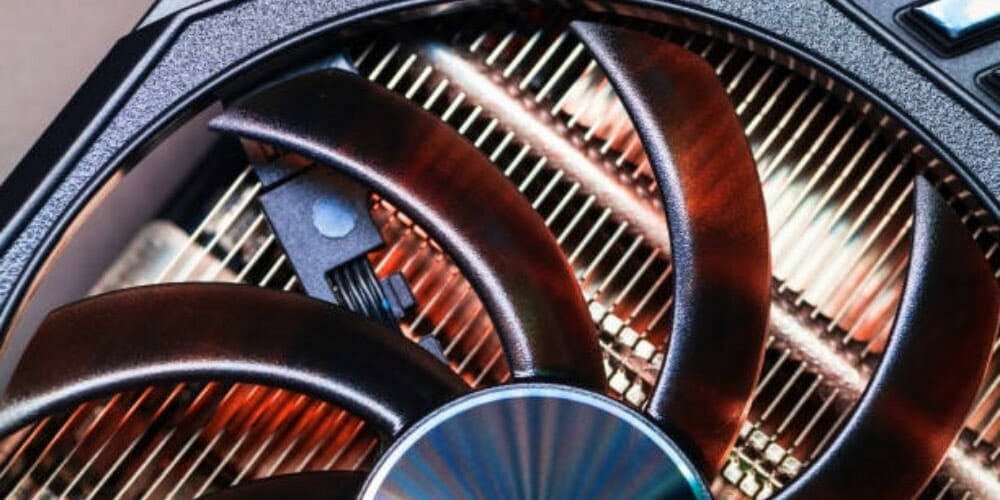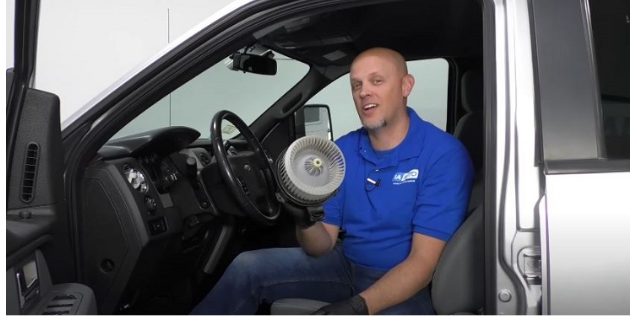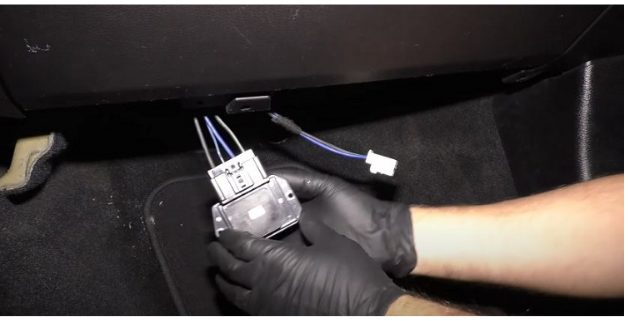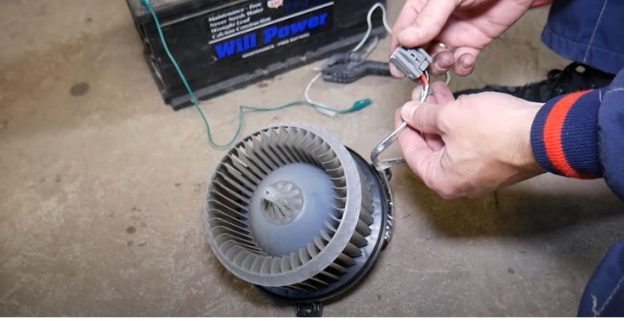How to Test a Blower Motor with Multimeter

The blower motor resistor is responsible for pumping hot air through your vents whenever you turn on your heating system. The motor works hand in hand with your car’s cooling and heating systems. If you notice strange sounds coming from the ventilation system, it indicates that the blower motor needs checking.
In general, you can test the blower motor resistor using a multimeter with the following steps:
- Unplug the power supply’s negative and positive wires. Use your multimeter’s positive lead to measure the black wire.
- Power your engine with the ignition key to measure the blower motor electrical connector (purple wire) for current.
- Set your multimeter to DC power, and switch your heater or cooler to full capacity.
- Check the results. Your blower motor resistor is faulty if your multimeter detects no current.
Performing a maintenance test on the blower motor with a multimeter will help you diagnose the component. Here, I will guide you through a detailed manual on how to test the blower motor with a multimeter.
Inspecting Blower Motor Using a Multimeter (5 Steps)

You can generally find the blower switch behind the glove compartment in your car. Once you find it, follow these steps below to test the blower motor resistor:
Step 1: Test The Negative Wire Using the Multimeter’s Positive Lead
The first task is disconnecting the power supply’s positive and negative charges.
Typically, the black wire is negative. But, use the positive lead of the multimeter to test the black cable (negative) with your multimeter. Typically, the black wire is negative. But, use the positive lead of the multimeter to test the black cable (negative) with your multimeter.
Step 2: Turn On Your Engine

Power your engine using the ignition key to measure the blower motor electrical connector (purple wire) for current.
Step 3: Set Your Multimeter to DC Power and Measure
Switch your multimeter to DC power, then turn on your heater or air conditioner to maximum capacity.
Your blower switch is malfunctioning if the multimeter is not reading any current/value. You should test the blower motor further if the multimeter detects a current.
Step 4: Inspect If the Relay is Not Grounded
Now, in the footwell, remove the fuse panel access cover, which you can find beside the passenger’s side shifter.
Remove the blower resistor relay from the vehicle. Inspect the relay if it is grounded or not using your multimeter(Ohm scale). Then, examine it without grounding the current pin to the multimeter’s DC scale.
If you don’t see any current, look underneath the hood for the IGN fuse, unscrew the cover panel, and connect the negative side of your battery with the multimeter. If the fuse is blown, I suggest that you replace it.
Step 5: Test the Connector
Check the connector to see if the fuse works. Having your car’s ignition turned on, and a multimeter set on the DC scale, examine the connector.
If everything works, then you should replace the relay.
FAQs

How can you determine whether your blower motor needs to be tested?
If you’re having problems with your HVAC system, your blower resistor is undoubtedly faulty and has to be replaced. Some of the warning signals of a malfunctioning blower motor include: (1)
The blower motor amperage draw is not functioning – If you don’t get air through your vents when you turn on your air conditioner or heater, it could be broken. When your blower motor malfunctions, there will be no air passage, requiring inspection or replacements.
The blower motor amperage draw is minimal.
Your blower motor may be broken if the airflow in your vents is poor or non-existent. A weak or damaged blower motor will not be able to deliver enough airflow to maintain a decent temperature.
The fan speed is low.
Another indicator of a defective blower motor is if the motor only runs at a certain speed. Most blower motors intend to operate at varying speeds to handle multiple household temperatures adequately. If your blower motor can’t supply cold or warm air at its intended settings, it’s a sign that it’s defective. (2)
What are the types of blower motors
1. Single-speed Motors
The air is blown at a steady pace by this type of motor.
2. Variable-speed Motors
This motor blows air at different speeds.
Take a look at some of our related articles below.
- How to test a capacitor with a multimeter
- How to measure DC voltage with a multimeter
- How to test alternator with multimeter
References
(1) HVAC system – https://www.forbes.com/advisor/home-improvement/how-do-hvac-systems-work/
(2) speed – https://www.bbc.co.uk/bitesize/topics/z83rkqt/articles/zhbtng8
